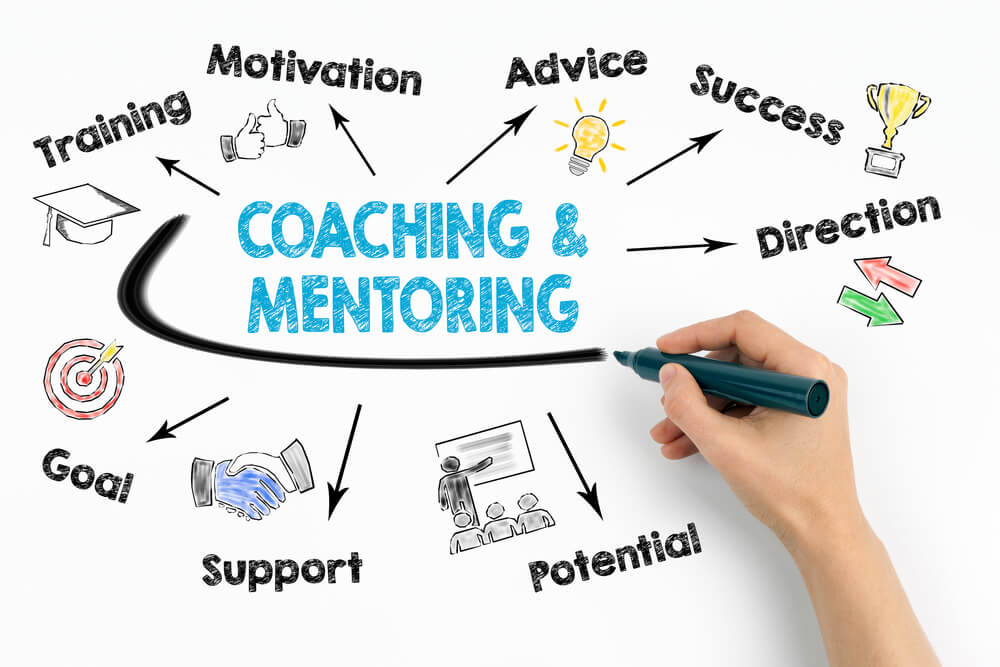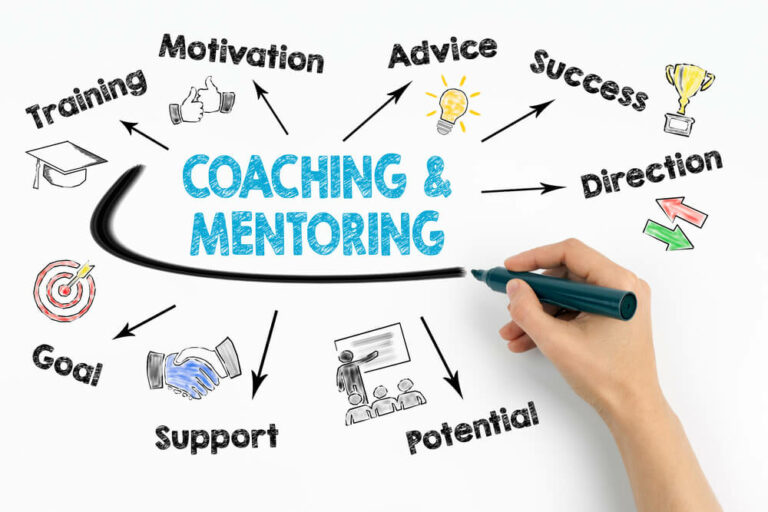Instructional coaching has been recognized for a long time as a valuable method for promoting student learning outcomes and eventually bettering teaching practices. Historically, instructional coaching has centered its attention on near-term interventions and improvements in performance that may be seen right away. However, because the educational scene is always shifting, there is a pressing need for a method of coaching that is both more all-encompassing and more permanent. Instructional Coaching 2.0 is a kind of transformational coaching that strives to produce an enduring change in educators. It goes beyond the traditional goal of merely improving teacher performance. In this article, we will discuss the fundamental ideas, practices, and tactics behind Instructional Coaching 2.0 and its potential influence on the educational system.
Importance of Coaching
It is impossible to exaggerate the value of coaching as a tool for learning and growth in many contexts. Some of the coaching’s many benefits in the classroom include the following:
- Coaching helps teachers develop professionally by giving them one-on-one attention and advice to address their goals and challenges. To help teachers improve, coaches collaborate with them to define relevant objectives and devise plans for meeting those objectives. This focused method encourages ongoing professional development, allowing teachers to refine their methods, learn new techniques, and incorporate cutting-edge findings into their classrooms.
- Coaching promotes reflective practice among educators, fostering self-awareness and critical thinking about one’s teaching practices and the results it yields in students. Through interactions with coaches, teachers can benefit from reflecting on their teaching practices, tactics, and decisions.
- Coaches assist teachers in improving their practices by providing constructive criticism and encouraging words. Coaches may learn a lot about what’s working and what’s not by monitoring what goes on in the classroom. They can then work with educators to create novel techniques, investigate promising practices, and implement effective ones.
- Confidence in one’s talents and a growth mentality are bolstered by coaching for instructors. Coaches motivate instructors to try new things, think outside the box, and persevere through adversity. This increases teachers’ enthusiasm, inspires pride in their work, and fosters an environment where everyone strives to improve.
The Shift from Performance Improvement to Lasting Change:
According to the traditional model, instructional coaching focuses mostly on enhancing certain teaching practices or resolving pressing difficulties. Conversely, Instructional Coaching 2.0 acknowledges the significance of bringing about significant and long-lasting change in educators. This transition demands coaches adopt a more comprehensive and personalized approach that considers each teacher’s specific requirements, strengths, and objectives. Instructional Coaching 2.0 does not focus on delivering fast fixes but rather on helping instructors build a growth mindset, reflect on their practice, and nurture sustainable techniques for continual progress rather than offering quick remedies.
Building Relationships and Trust:
The development of solid relationships founded on trust and respect for one another is essential to accomplishing the goals of Instructional Coaching 2.0. Coaches need to take the time to develop positive relationships with teachers, actively listen to their concerns, and recognize the value of their knowledge. The development of open communication, encouragement of taking risks, and the promotion of a culture of cooperation are all possible outcomes if the coaches take the time to establish an atmosphere that is both secure and encouraging. Because of this solid basis of trust makes meaningful communication, constructive feedback, and a true collaboration between the coach and the instructor possible.
Goal-Setting and Self-Reflection:
The practices of goal-setting and self-reflection are given significant weight in Instructional Coaching 2.0. Together with the classroom instructors, coaches strive to pinpoint areas of opportunity for improvement, establish attainable and significant goals, and devise strategies for how to put those strategies into action. Teachers can obtain insights about their instructional practices, strengths, and areas for growth when they engage in self-reflection and allow those practices to guide their thinking. Through the use of interesting questions, encouraging comments, and assisting instructors in the investigation of several alternative pedagogical approaches, coaches can aid the reflective process. Teachers are kept engaged, motivated, and accountable for their professional advancement when they participate in continuing dialogues and receive regular check-ins from their administrators.
Professional Learning Communities:
The value of working together and participating in group discussions is acknowledged by Instructional Coaching 2.0. Within schools, the coaches’ responsibility is mostly to develop professional learning communities (PLCs), which allow teachers to engage in collaborative problem-solving, share the best practices they’ve found, and support each other’s personal and professional development. Educators can broaden their professional networks, participate in peer observations, and have meaningful conversations about instructional practices when they participate in professional learning communities (PLCs). This collaborative approach to coaching fosters a culture of continual development throughout the whole school community and fosters growth in the individual teachers who participate in it.
Data-Informed Decision-Making:
Instructional Coaching 2.0 is built around the idea that data should inform decisions and that data should direct instructional development. Collecting and analyzing pertinent data, such as student evaluations, classroom observations, and student feedback, is a collaborative effort between instructors and coaches. This technique, which is powered by data, gives coaches the ability to give focused assistance, recognize instructional patterns, and adjust coaching tactics to match the unique requirements of particular teachers. Instructional Coaching 2.0 guarantees that coaching interventions are based on evidence and significantly influence student learning by using data as a tool for reflection and development. This ensures that coaching interventions are effective.
Conclusion:
Instructional Coaching 2.0 is a paradigm shift in coaching practices; instead of providing educators with quick solutions, it is now more concerned with fostering long-term transformation in their practices. Teachers are given the ability to constantly grow and enhance their teaching practices when they utilize teaching Coaching 2.0. This is accomplished through developing strong connections, encouraging self-reflection, fostering cooperation, and using data. This type of transformational coaching is not only beneficial to individual educators, but it also can significantly influence the learning results for students. Instructional Coaching 2.0 is a potent catalyst for change and creativity, and as a result, coaching has become an essential component of the professional development of every educator. This is because education is always changing.




